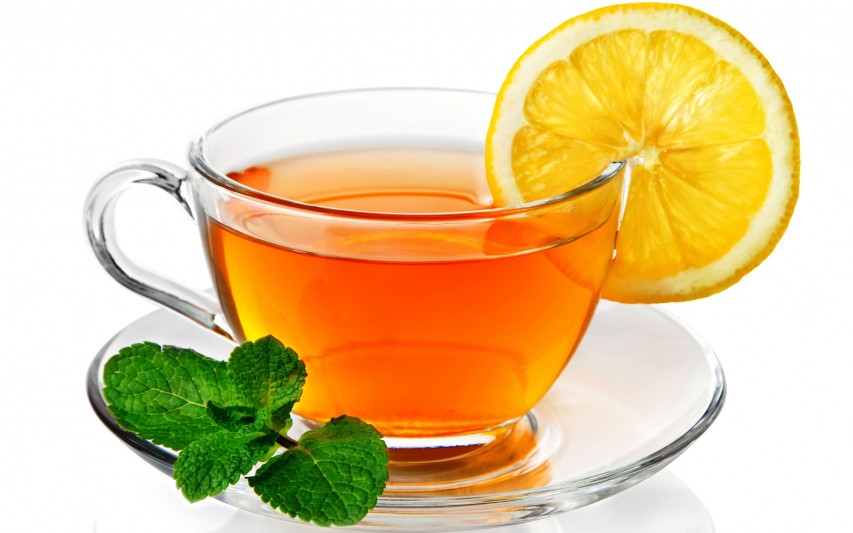WHERE CAN WE FIND INFORMATION ABOUT THE PAST?
Pupil´s Book Pages 58 & 59.
Listen and read.
The person who studies history is called historian, and they study different historial sources.
Los historiadores estudian la Historia y lo hacen a través de varios fuentes históricas.
HISTORICAL SOURCES/ FUENTES HISTÓRICAS
1.ORAL SOURCES: can be spoken or sung (songs, plays...)
Las fuentes orales son aquellas que nos transmiten la Historia de manera hablada o escrita (canciones, obras de teatro...)
Example:
Plays which originated in Ancient Greece have been performed for thousands year.
Las obras de teatro originadas en la Antigua Gracia han sido representadas durante miles de años, ella nos dan información de cómo vivían en la Antigua Grecia.
2.WRITTEN SOURCES: the information is writen down. They can be books, letters, newspapers...
Las fuentes escritas son textos escritos como libros, cartas, periódicos...
Example:
The Glosas Emilianenses are some of the earliest writen examples of the Castellano and Euskera, they are from the 11th century AD.
Uno de los primeros ejemplos escritos en Castellano y Euskera son las Glosas Emilianenses, son del siglo XI después de Cristo.
3. VISUAL SOURCES: are objects like paintings, photographs and films.
Las fuentes históricas visuales son cuadros, fotos o películas.
Example:
In the Cave of Altamira there are prehistoric paintings.
En las Cuevas de Altamira hay pinturas prehistóricas, pinturas rupestres.
4. PHYSICAL SOURCES: such as pottery, coins, monument or buildings.
Las fuentes históricas materiales pueden ser vasijas, monedas, monumentos, edificios...
Example:
The Aqueduct of Segovia was made by Romans in the 2nd century AD.
El Acueducto de Segovia fue construído por los romanos en el siglo II después de Cristo.
Go to pages 26 and 27 on your Activity Book and finish the activities 2 and 3.
These activities are for next Monday. Estas actividades son para hacerlas el lunes.

































